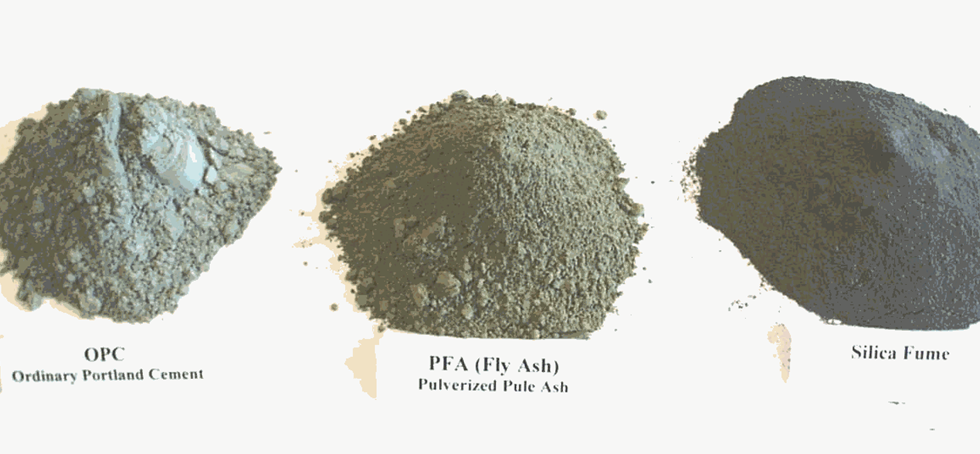Supplementary Cementitious Materials (SCM) are becoming more and more mainstream as they prove success within different concrete mixtures in projects around the world, which can be very beneficial to the environment.
First let’s define SCM. An SCM is a material that, when used in conjunction with Portland cement, contributes to the properties of the hardened concrete through hydraulic or pozzolanic activity. Fly ash, blast furnace-slag, silica fume, and natural pozzolans are all SCM’s and most are byproducts of other industrial processes.
According to ‘The Concrete Conundrum’ published by Chemistry World, cement generates 1.5 billion tons of CO2 per year, which accounts for 5-per cent of the total CO2 production in the world. One the ways in which to suppress this CO2 issue is to insert a SCM into the concrete mixture to lessen the amount of cement needed.
The use of an SCM will help the environment by:
- Using of a recycled material (industrial byproduct)
- Reducing landfilling
- Reduced cement usage (CO2 emissions)
The use of a SCM can also improve concrete pumpability, increase strength, reduce permeability, decrease chloride attack, and is less expensive in most markets, except for Silica Fume.
However, as is the case for recycled aggregate, as was discussed in last weeks article on Recycled Aggregates, SCMs cannot replace cement completely and must be used properly to ensure the durability of concrete is not adversely affected. With appropriate design and production practices, an SCM, or combination of SCMs can be used in concrete mixtures and act beneficially not only to the concrete, but also the environment.
If optimally used, SCMs can kill two environmentally detrimental birds with one stone. The use of SCMs reduce the amount of material headed to landfills and limit the energy needed and CO2 emissions attached to the manufacturing of Portland cement.
Not only can the correct amount of SCM help concrete increase durability, but can also aid a project by building more environmentally sustainable.





